When we think of Italian food, pizza often steals the spotlight. But Italy’s culinary landscape offers so much more than this circular sensation. From hearty pasta dishes to delicate desserts, authentic Italian cuisine delivers incredible flavors and textures that deserve recognition. Get ready to discover fourteen Italian classics that are winning hearts and taste buds across the globe.
1. Lasagna
Nothing says ‘family dinner’ quite like a steaming tray of lasagna fresh from the oven. This magnificent creation stacks thin pasta sheets between savory meat sauce, creamy béchamel, and melted cheese into a dish that feels like a warm hug on a plate.
Each region in Italy boasts its own variation. Bologna’s version includes a rich ragù, while southern regions might skip the béchamel entirely. The beauty lies in its versatility – vegetarian versions replace meat with spinach or roasted vegetables.
Lasagna’s history stretches back to ancient Rome, though the modern version evolved in Naples during the Middle Ages. Today, it’s the go-to dish for Sunday gatherings and celebrations, proving that good things really do come in layers.
2. Spaghetti Carbonara
Romans guard few recipes as fiercely as carbonara. This deceptively simple dish transforms humble ingredients – eggs, Pecorino Romano cheese, guanciale (cured pork jowl), and black pepper – into something magical when tossed with hot spaghetti.
The secret lies in technique: eggs must coat the pasta without scrambling, creating a silky sauce that clings to every strand. No cream allowed! True carbonara relies solely on the richness of egg yolks and cheese for its luxurious texture.
Born in mid-20th century Rome, possibly influenced by American soldiers’ rations after WWII, carbonara exemplifies how Italian cuisine elevates basic ingredients. One bite of authentic carbonara ruins you for imitations forever – it’s that transformative.
3. Risotto alla Milanese
Golden threads of saffron transform ordinary rice into the iconic Risotto alla Milanese. This northern Italian specialty demands patience – constant stirring releases the rice’s starch, creating that signature creamy texture without a drop of cream.
Traditionally served alongside osso buco (braised veal shanks), this luxurious rice dish originated in Milan during the 16th century. Legend claims a stained-glass artist added saffron to rice as a joke, accidentally creating culinary history. The distinct yellow hue comes from those precious saffron threads, worth more than their weight in gold.
Making authentic risotto requires Carnaroli or Arborio rice, good stock, and about 20 minutes of meditative stirring. The result? A velvety, aromatic dish that proves rice can be just as sophisticated as any pasta.
4. Eggplant Parmigiana
Slices of eggplant transformed by the alchemical process of frying become the foundation for this southern Italian treasure. Parmigiana di Melanzane stacks these golden-brown slices with tangy tomato sauce and melted cheese, then bakes everything until bubbly perfection.
Despite its name suggesting Parma origins, this dish actually hails from Sicily and Campania. Rural families created it as a celebratory dish when eggplants flourished in summer gardens. The contrast between the silky eggplant interior and slightly crisp exterior creates textural magic.
Modern versions sometimes add breadcrumbs between layers for extra crunch. Regardless of variation, eggplant parmigiana demonstrates how Italians transform humble vegetables into extraordinary meals – a testament to cucina povera (poor kitchen) traditions that spawned Italy’s greatest culinary hits.
5. Fettuccine Alfredo
Alfredo Di Lelio created this buttery masterpiece in 1920s Rome to tempt his wife’s appetite after childbirth. The original recipe contains just three ingredients: fettuccine pasta, butter, and Parmigiano-Reggiano cheese – no cream whatsoever.
American versions often add heavy cream, but authentic fettuccine Alfredo relies on the emulsion of butter and starchy pasta water, vigorously tossed with cheese to create a glossy sauce that coats each ribbon of pasta. The result delivers pure comfort with every twirl of your fork.
Hollywood stars Mary Pickford and Douglas Fairbanks discovered the dish while honeymooning in Rome, bringing its fame back to America. Today, this elegant simplicity represents how Italian cooking often shines brightest when using fewest ingredients – letting quality components speak for themselves.
6. Tiramisu
Coffee lovers rejoice! Tiramisu combines espresso-dipped ladyfingers with clouds of mascarpone cream to create Italy’s most beloved dessert. The name literally means “pick me up” – a nod to the energizing effects of coffee and sugar.
Born in Veneto during the 1960s, this relatively modern creation quickly conquered Italian menus nationwide. Traditional recipes include raw eggs, though modern adaptations sometimes substitute whipped cream for safety concerns. The dusting of cocoa powder on top provides the perfect bitter counterpoint to the sweet, creamy layers.
What makes tiramisu special is its perfect balance – not too sweet, with coffee’s complexity cutting through rich mascarpone. Refrigeration melds these flavors together, making tiramisu even better the day after preparation. No wonder this sophisticated yet simple dessert has become Italy’s international ambassador of sweet endings.
7. Arancini
Imagine biting through a golden-fried crust to discover savory risotto hiding a molten center of ragù and cheese. That’s the magic of arancini – Sicily’s beloved street food shaped like little oranges (hence the name “arancini,” meaning “little oranges”).
These portable delights originated centuries ago when Arab rulers introduced rice to Sicily. Clever cooks repurposed leftover risotto by stuffing it with meat and peas, then coating it in breadcrumbs before frying. Regional variations abound – Syracuse makes them conical, while Palermo prefers spheres.
Modern versions feature creative fillings from pistachios to saffron, but the classic remains a perfect handheld meal. The textural contrast between crispy exterior and creamy interior makes arancini irresistible, proving that Sicilians mastered the art of fried food long before modern fast food existed.
8. Porchetta
Roadside stands throughout central Italy serve this magnificent creation: a deboned pork middle section rolled around herbs, salt, garlic, and sometimes liver, slow-roasted until the skin crackles while the interior remains juicy.
Dating back to Etruscan times, porchetta represents one of Italy’s oldest culinary traditions. Each region adds its signature touch – Umbrians might include wild fennel, while Tuscans prefer rosemary and sage. The contrast between crispy skin and tender meat creates textural heaven in every bite.
Traditionally served at festivals and celebrations, porchetta now appears in everything from humble sandwiches to elevated restaurant plates. The secret lies in patient cooking – sometimes eight hours or more – allowing fat to render through the meat while herbs infuse their aromatic magic. One taste explains why this ancient preparation continues to captivate modern palates.
9. Spaghetti all’Assassina
From Bari comes a pasta dish so rebellious it breaks all the rules. Spaghetti all’Assassina (“murderer’s spaghetti”) deliberately burns pasta in a scorching pan with tomato paste until it forms a crispy, caramelized crust.
Unlike traditional pasta cooking methods, this technique requires dry pasta to be toasted in hot oil before adding minimal liquid. The pasta finishes cooking directly in the tomato sauce, absorbing flavors while developing its signature charred edges. Chili peppers add fiery heat to complete this dangerously delicious dish.
Though lesser-known outside Italy, Barese locals fiercely defend this specialty, even forming an official “Assassina Academy” to preserve authentic preparation. The dish exemplifies Puglia’s resourceful cooking style, transforming basic ingredients through technique rather than expensive additions – creating something extraordinary from the ordinary.
10. Ciambotta
Summer gardens burst with color in this hearty vegetable stew from southern Italy. Eggplant, zucchini, bell peppers, and tomatoes simmer together with potatoes, creating a celebration of Mediterranean abundance in one pot.
Farm families developed ciambotta as a practical way to use peak-season vegetables all at once. The beauty lies in its flexibility – ingredients vary based on what’s fresh and available. Unlike ratatouille, its French cousin, ciambotta often includes potatoes for heartiness and keeps vegetables in larger chunks.
Served hot or at room temperature, drizzled with olive oil and accompanied by crusty bread, ciambotta represents Italian cooking’s genius for transforming simple ingredients. The dish embodies the Mediterranean diet’s plant-forward philosophy centuries before nutritionists recognized its health benefits. Frugal origins aside, this colorful medley delivers flavor complexity that belies its humble ingredients.
11. Pasta alla Norcina
Named after Norcia, Umbria’s medieval town famous for pork butchery, this pasta dish showcases the region’s prized ingredients. Fresh sausage crumbled into a sauce of cream, white wine, and black truffles creates an earthy, luxurious coating for short pasta shapes.
Umbrian shepherds originally made this dish with ingredients that traveled well – dried pasta, preserved sausage, and foraged truffles. Today’s version uses fresh components but maintains that rustic spirit. The sauce comes together quickly, relying on quality ingredients rather than complicated technique.
Black truffles, Umbria’s forest gold, provide the distinctive aroma that elevates this dish beyond ordinary cream sauces. Even a small amount infuses the entire dish with their intoxicating scent. This humble yet sophisticated pasta represents how Italian regional cooking transforms local specialties into timeless classics.
12. Caprese Salad
Red tomatoes, white mozzarella, and green basil – the colors of Italy’s flag arranged on a plate. Caprese salad celebrates simplicity at its finest, requiring just five ingredients: ripe tomatoes, fresh mozzarella, basil leaves, olive oil, and salt.
Born on the island of Capri (hence the name), this dish emerged in the 1950s as a patriotic offering at tourist restaurants. True Caprese depends entirely on ingredient quality – heirloom tomatoes at peak ripeness, buffalo mozzarella made that morning, just-picked basil, and peppery extra virgin olive oil.
Italians consider this a summer-only dish, appearing when tomatoes reach their sun-ripened glory. No vinegar, no balsamic glaze – purists insist these additions mask the delicate flavors. Caprese proves that when ingredients are exceptional, less truly becomes more.
13. Chicken Parmigiana
Italian immigrants transformed their homeland’s eggplant parmigiana into this beloved creation after arriving in America. Tender chicken cutlets, pounded thin and breaded, get topped with tomato sauce and melted cheese – creating a perfect harmony of flavors and textures.
While purists might argue about its authenticity, chicken parmigiana represents how cuisine evolves when cultures blend. Early 20th-century Italian-Americans adapted traditional recipes using ingredients available in their new home. The result became an icon of Italian-American cuisine, beloved in restaurants and home kitchens alike.
Modern versions often serve this hearty dish atop spaghetti, though traditionalists prefer it alongside pasta dressed simply with marinara. The combination of crispy chicken, tangy sauce, and gooey cheese creates an irresistible comfort food that bridges two culinary worlds – proving that delicious adaptations deserve respect alongside purely traditional dishes.
14. Focaccia
Focaccia begins as a simple flatbread but transforms into edible art through dimples pressed into the dough, catching pools of olive oil and sea salt. Liguria’s version – Focaccia Genovese – remains the gold standard, with a texture that’s somehow crisp yet tender.
Ancient Romans created the predecessor to modern focaccia, cooking dough on hot hearth stones. Today’s bakers might top it with rosemary, cherry tomatoes, or olives, though purists prefer the minimalist approach. The dough’s high hydration creates its characteristic open crumb structure.
Every Italian region boasts local variations – Puglia’s potato-enriched version or Tuscany’s grape-studded schiacciata during harvest season. Regardless of style, good focaccia requires quality olive oil and patience during rising. This versatile bread works equally well alongside a meal, as sandwich material, or enjoyed simply on its own.
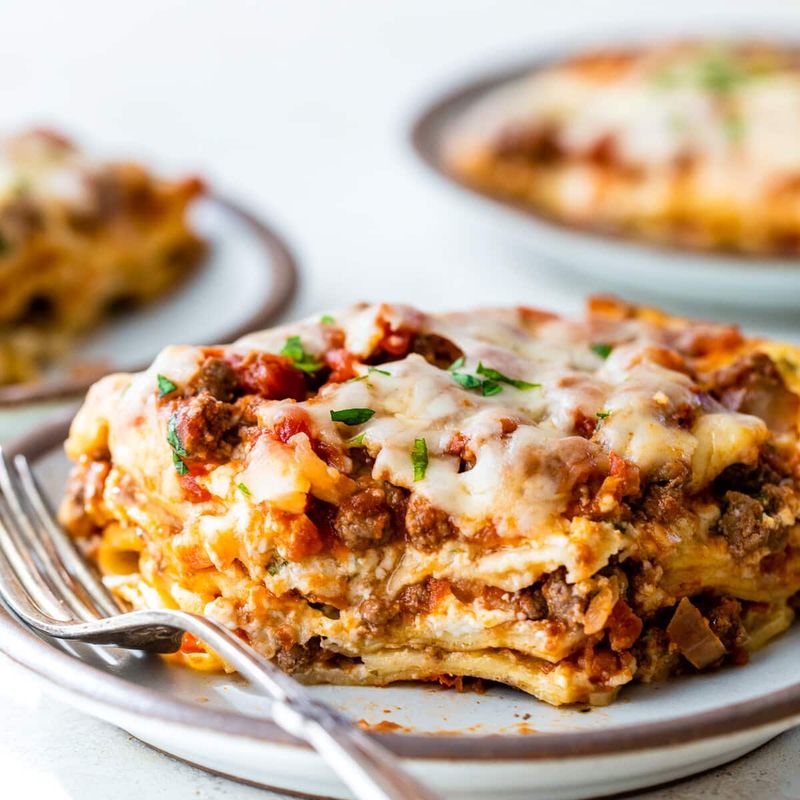
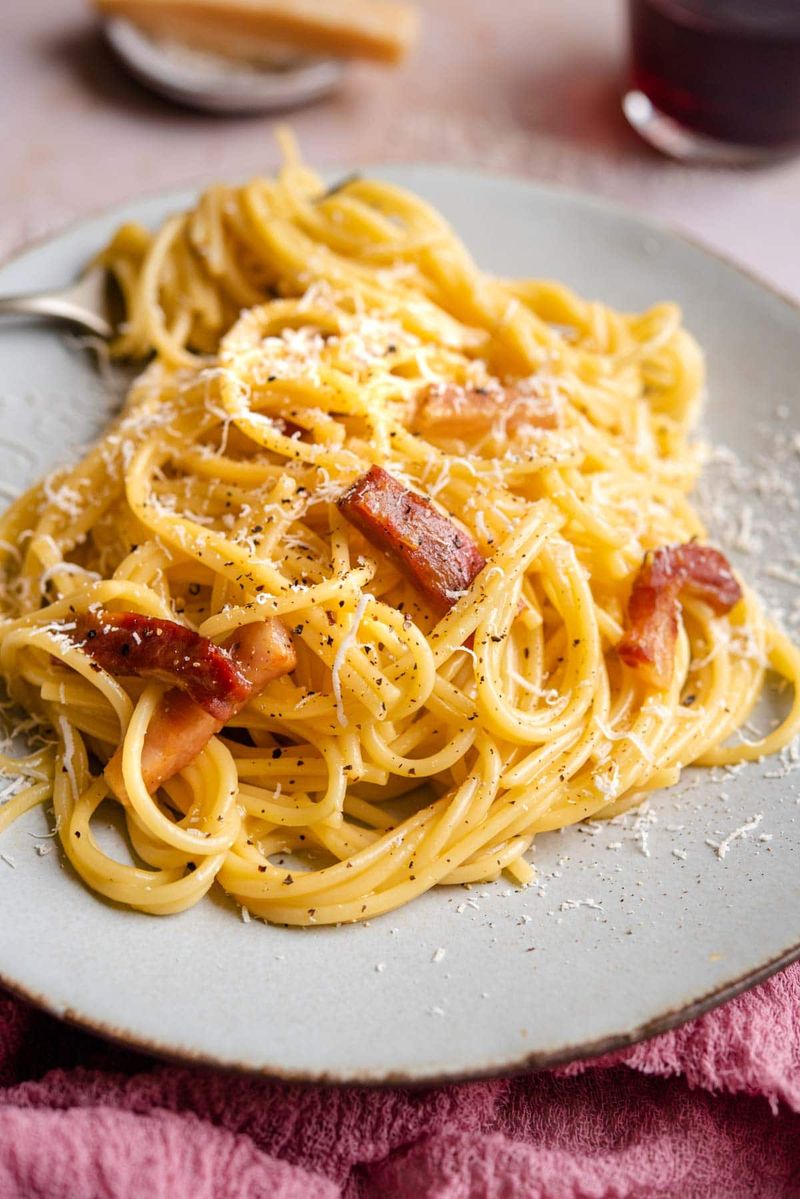
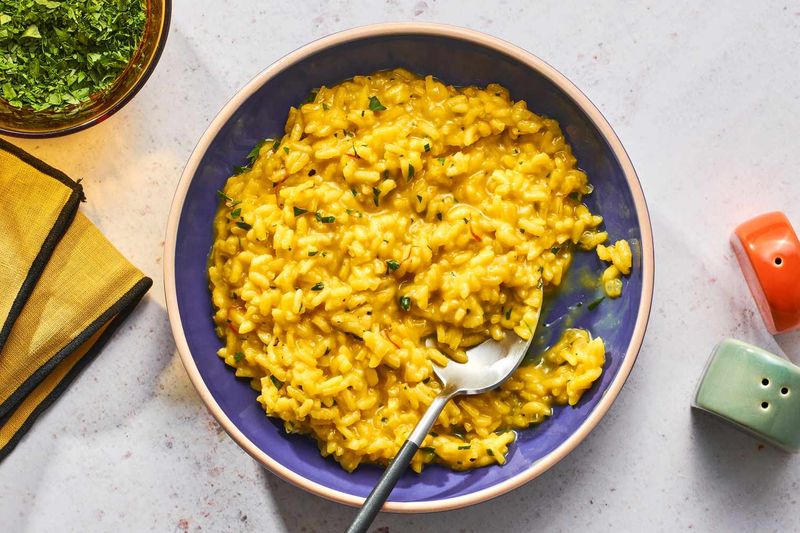
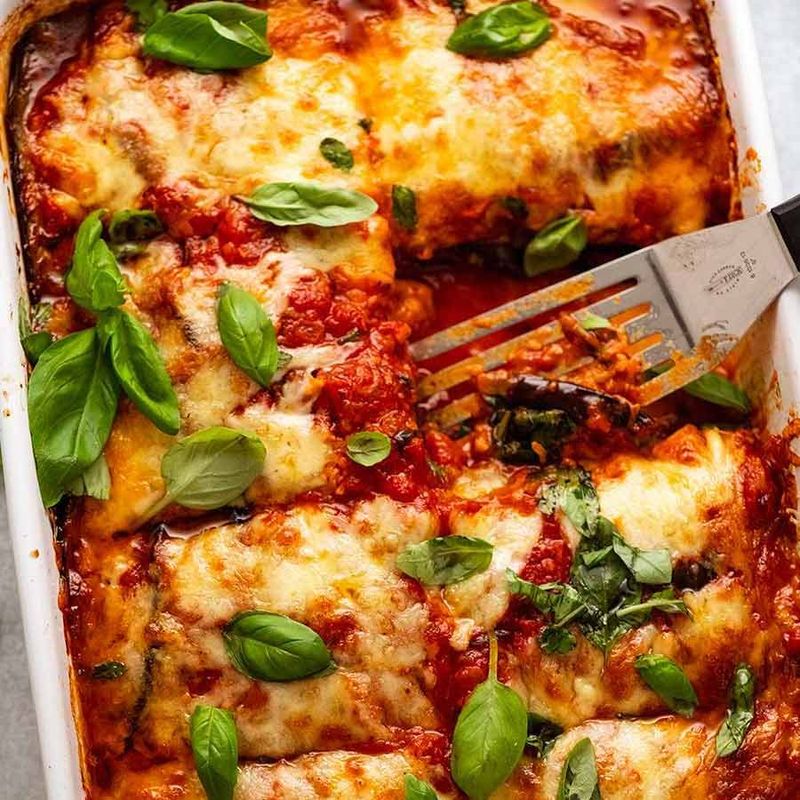
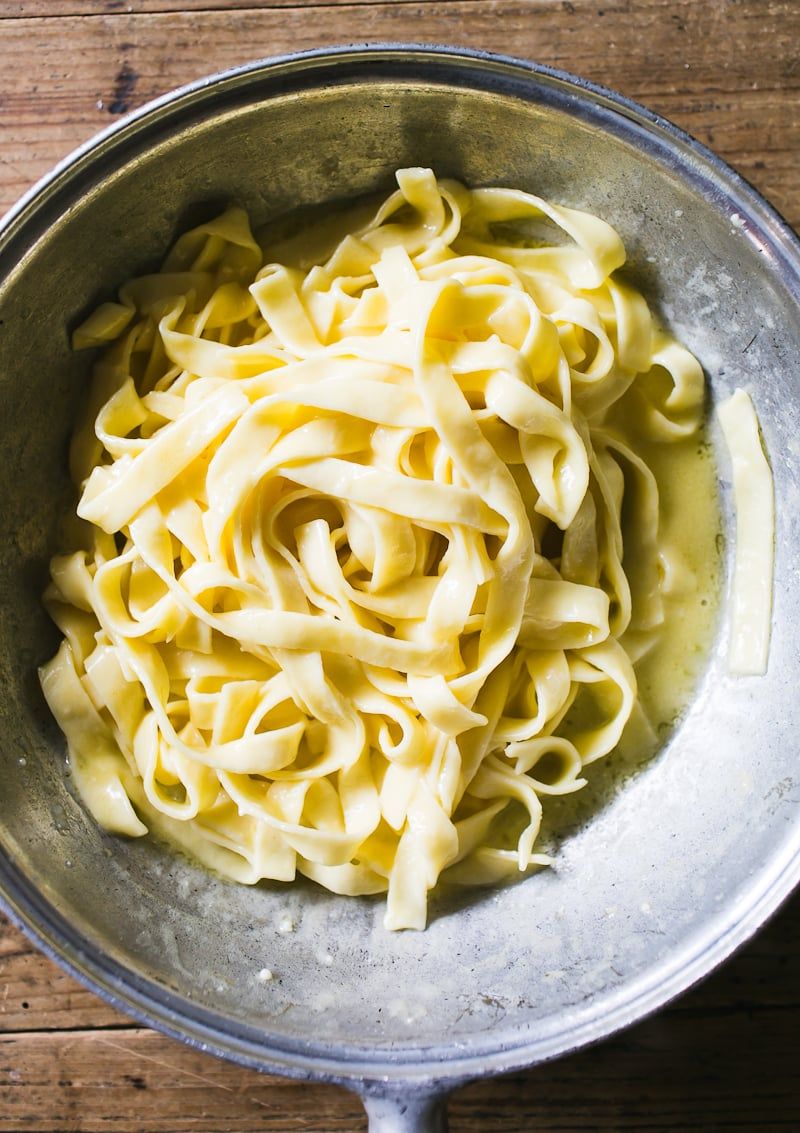

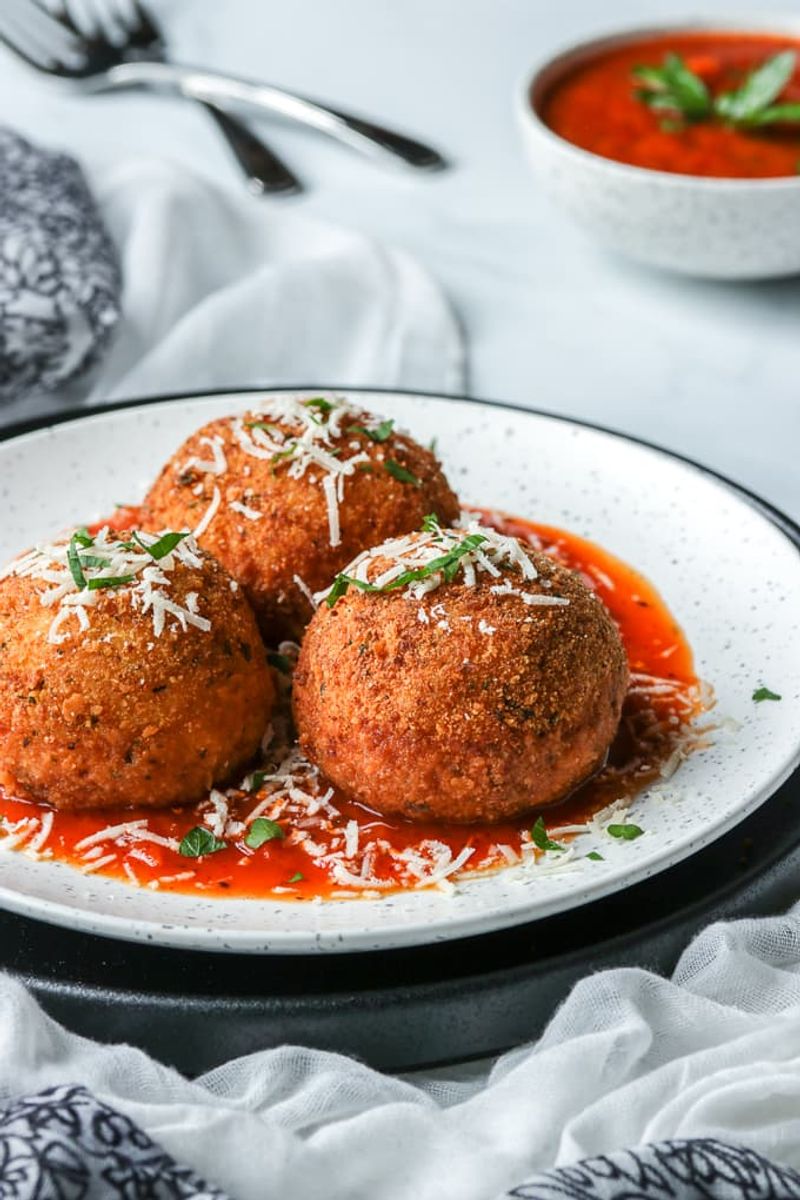
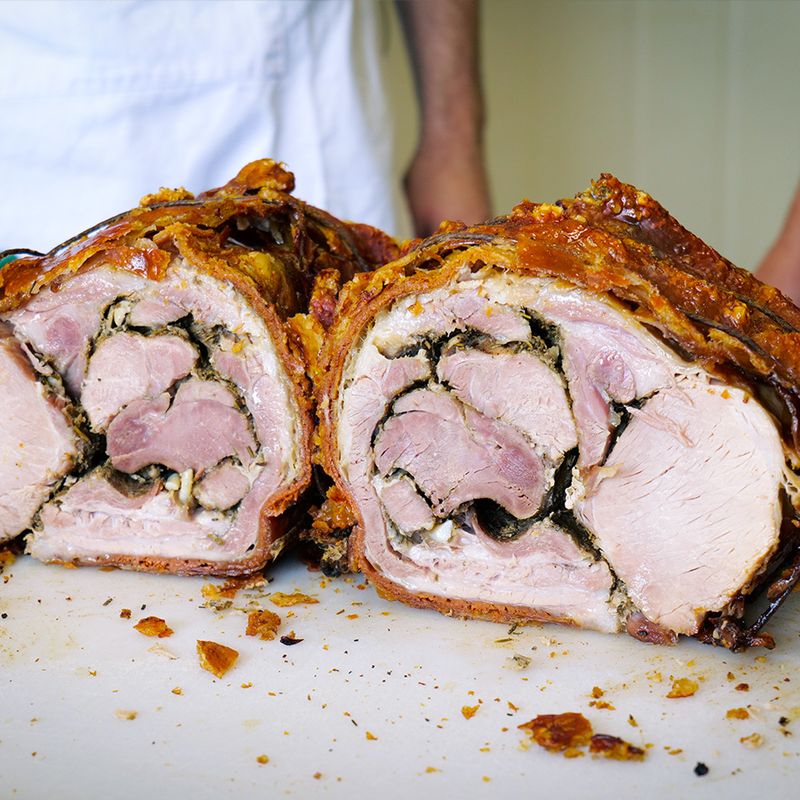
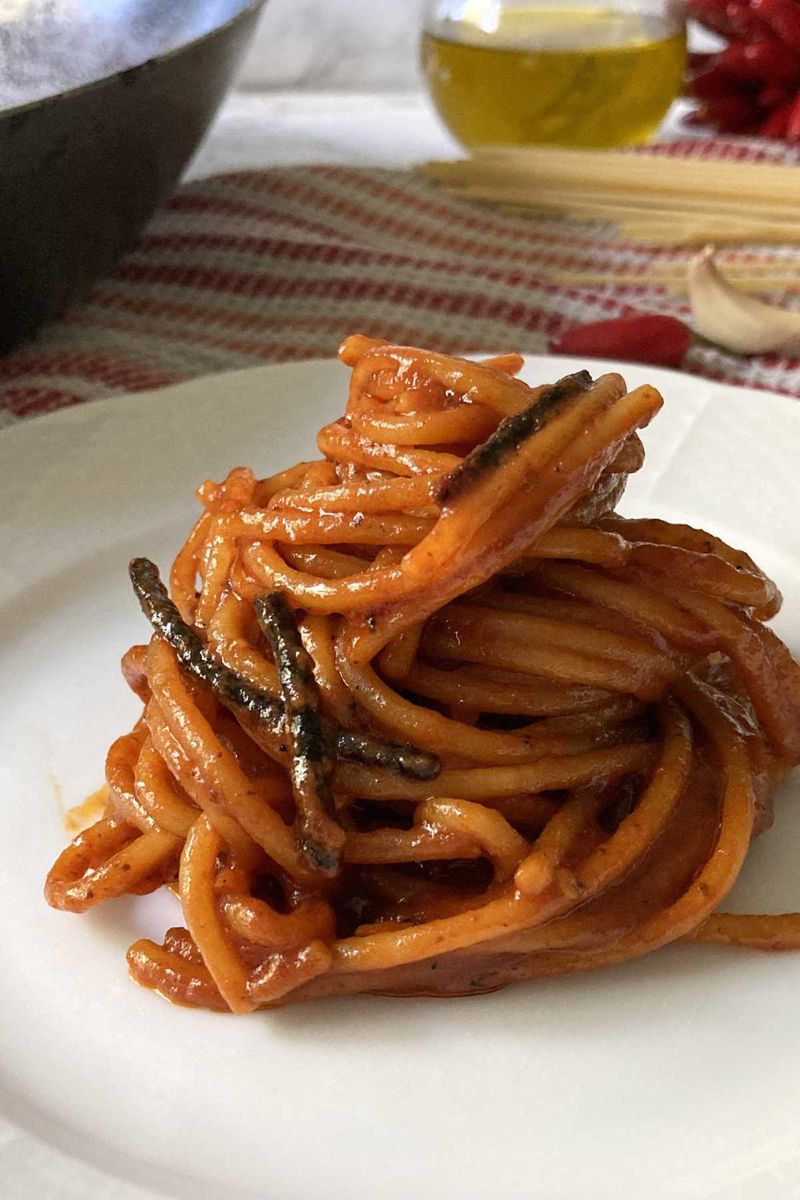
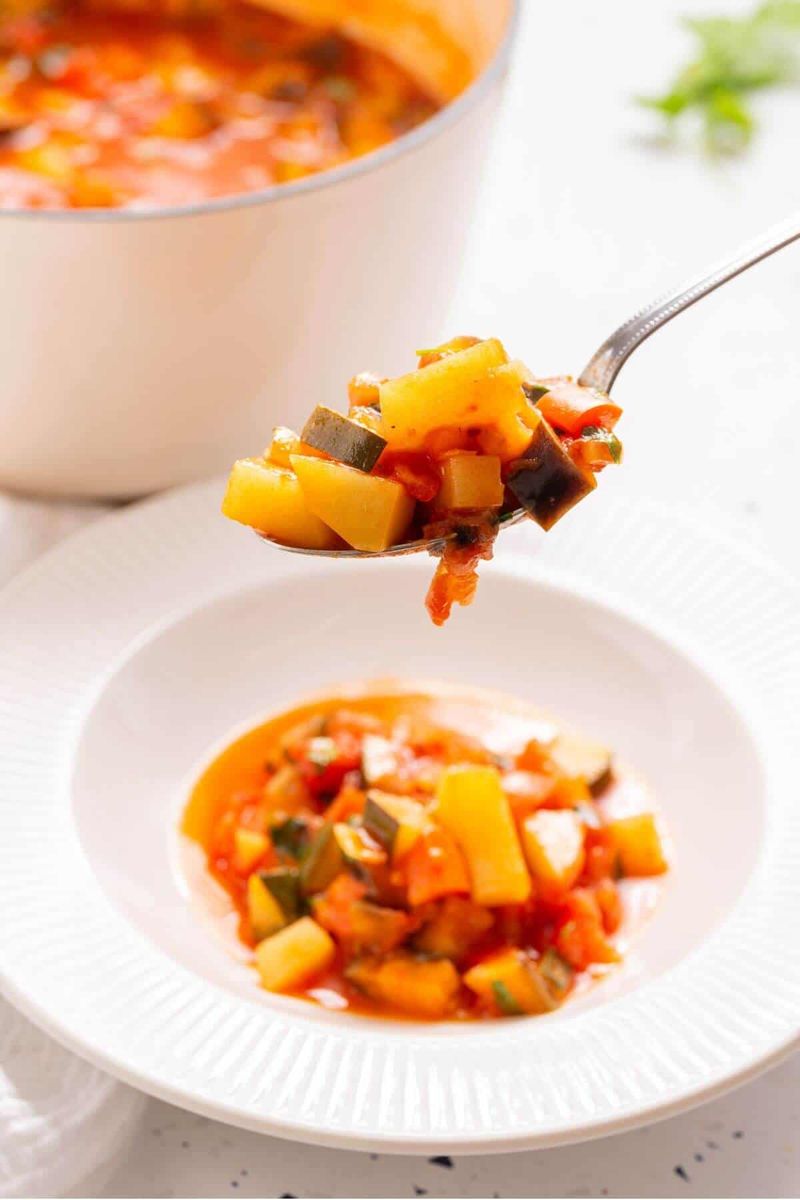
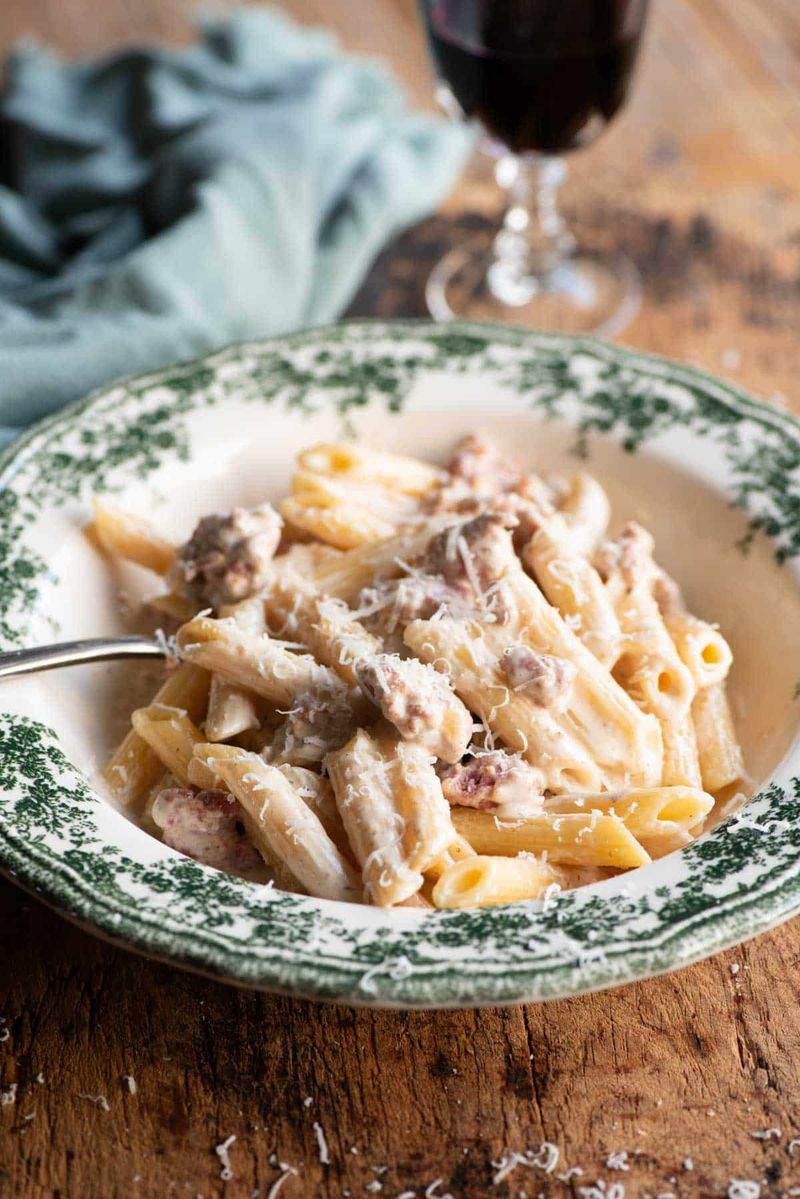
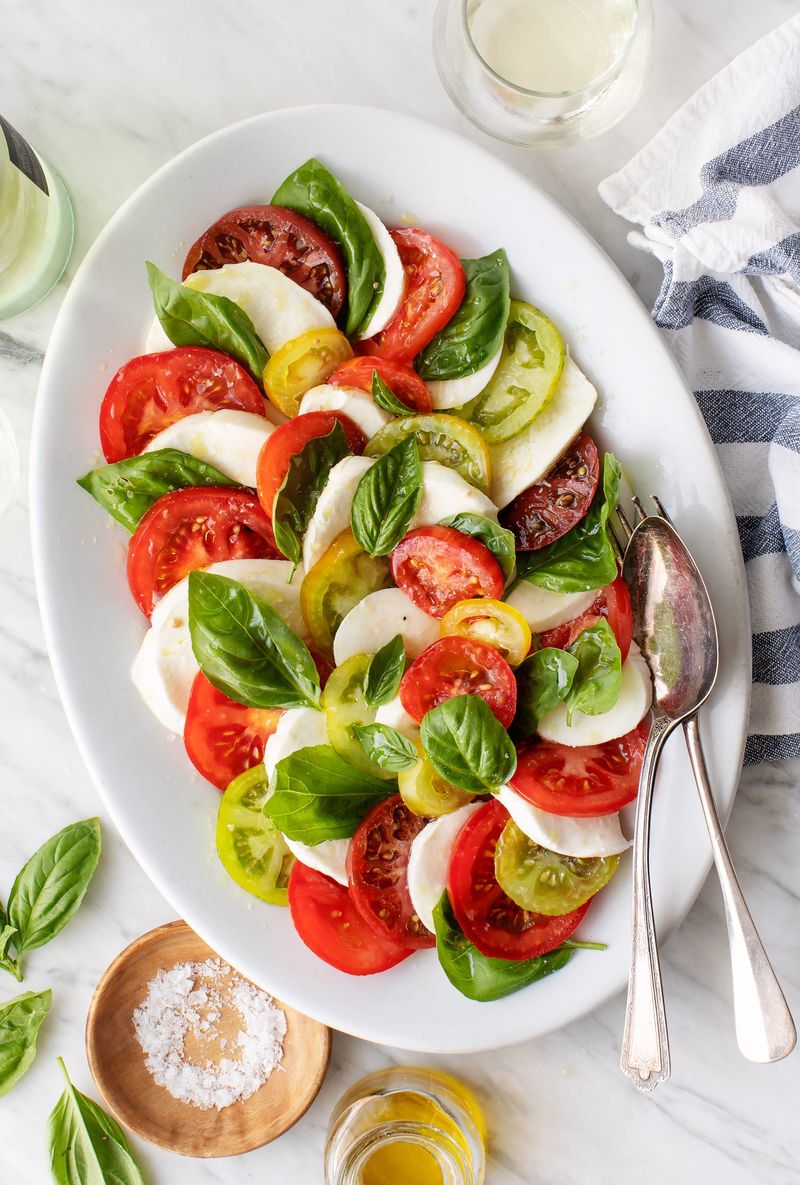
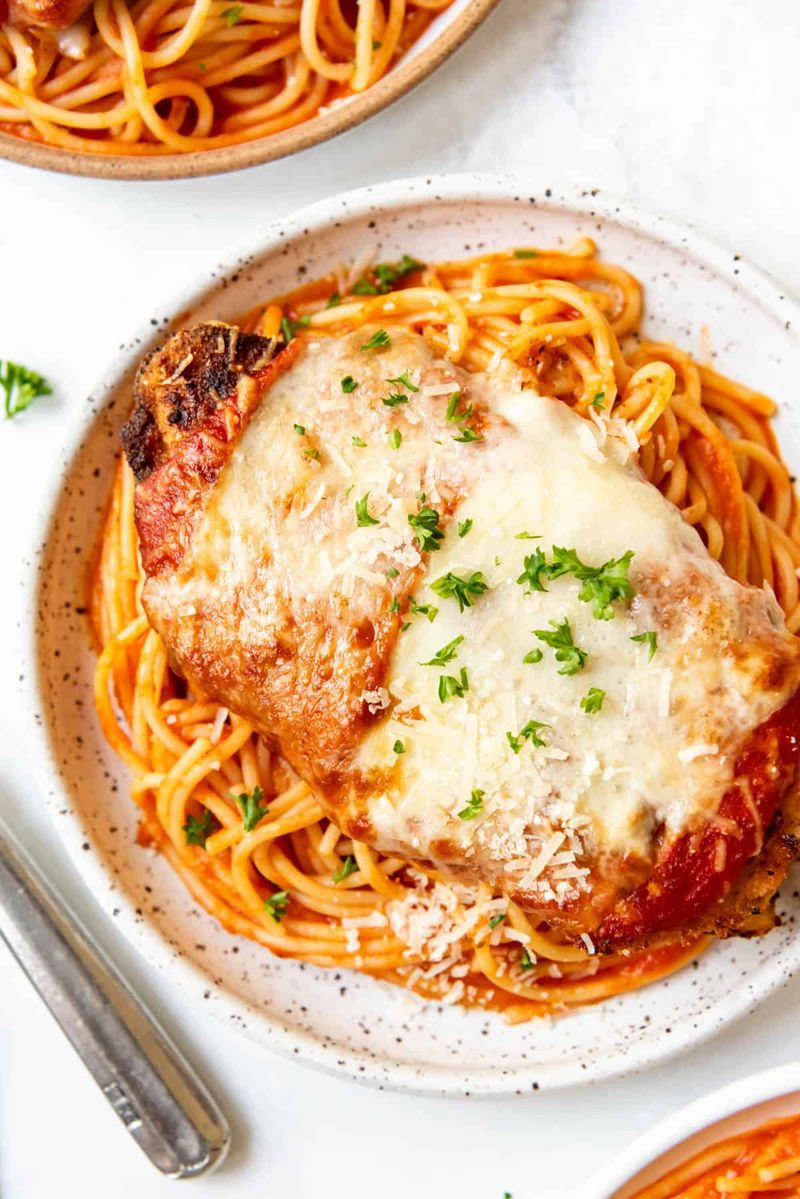

Leave a comment